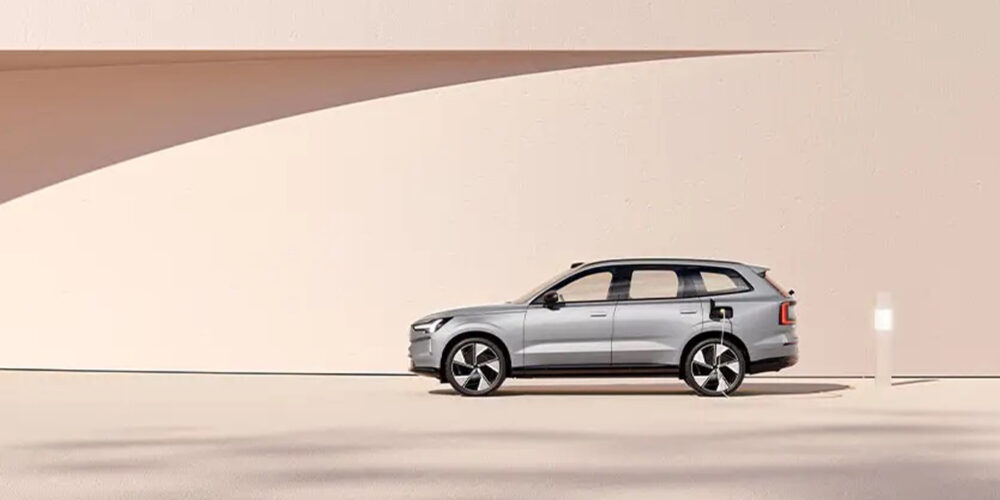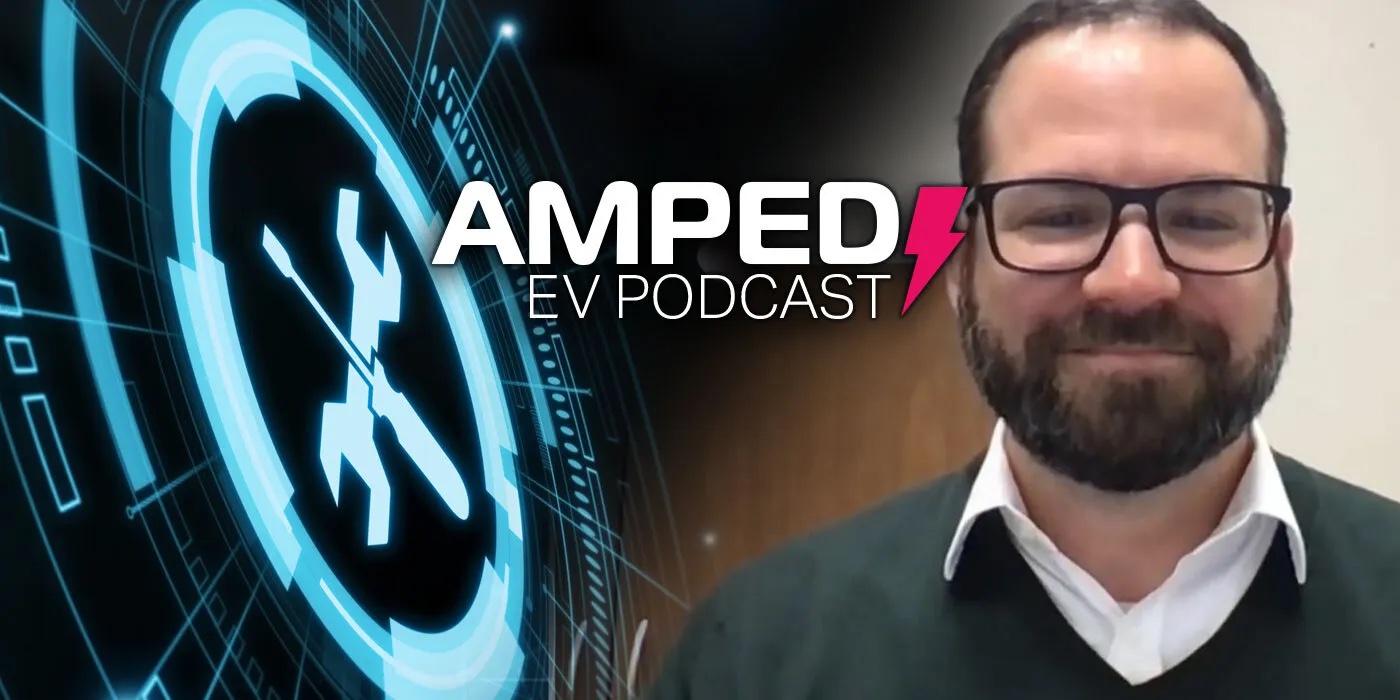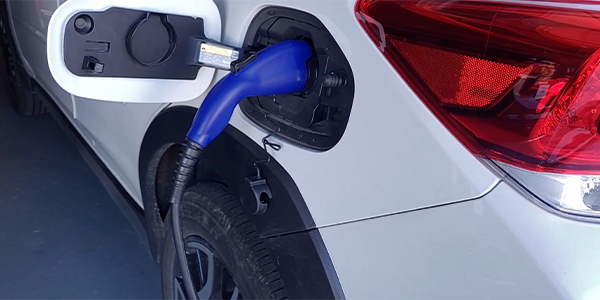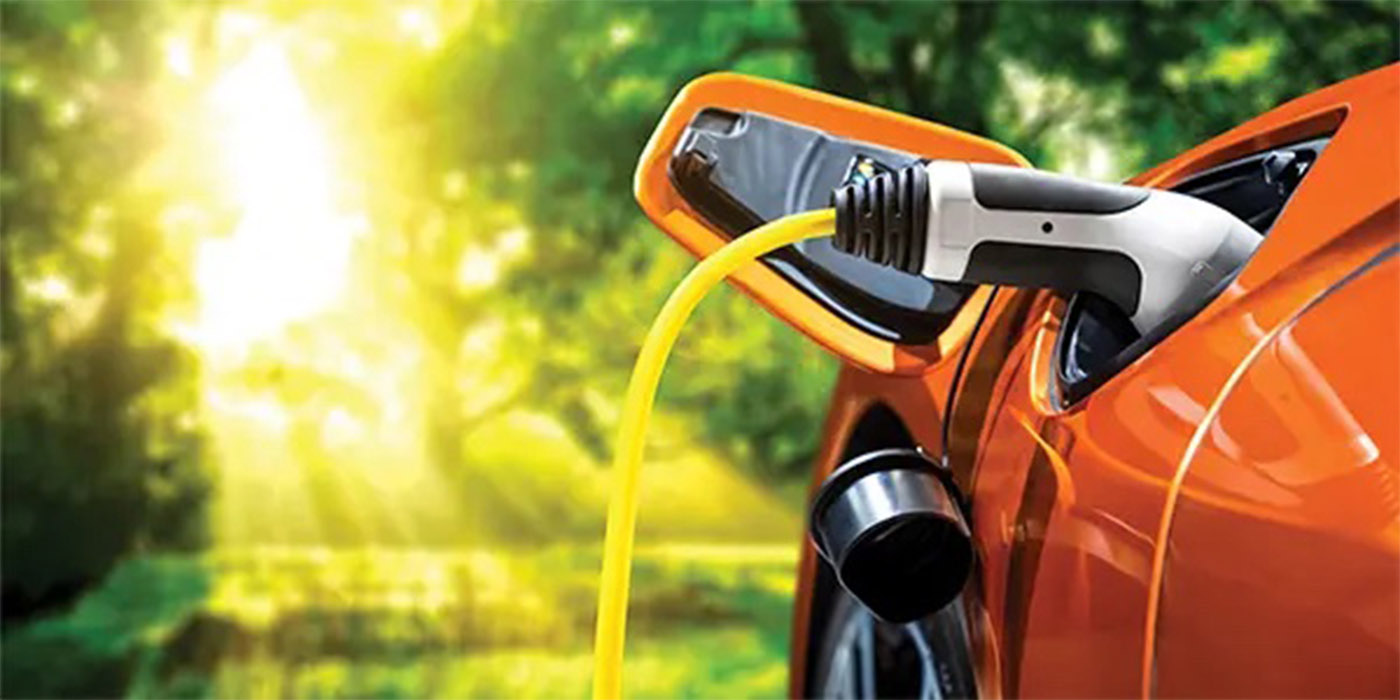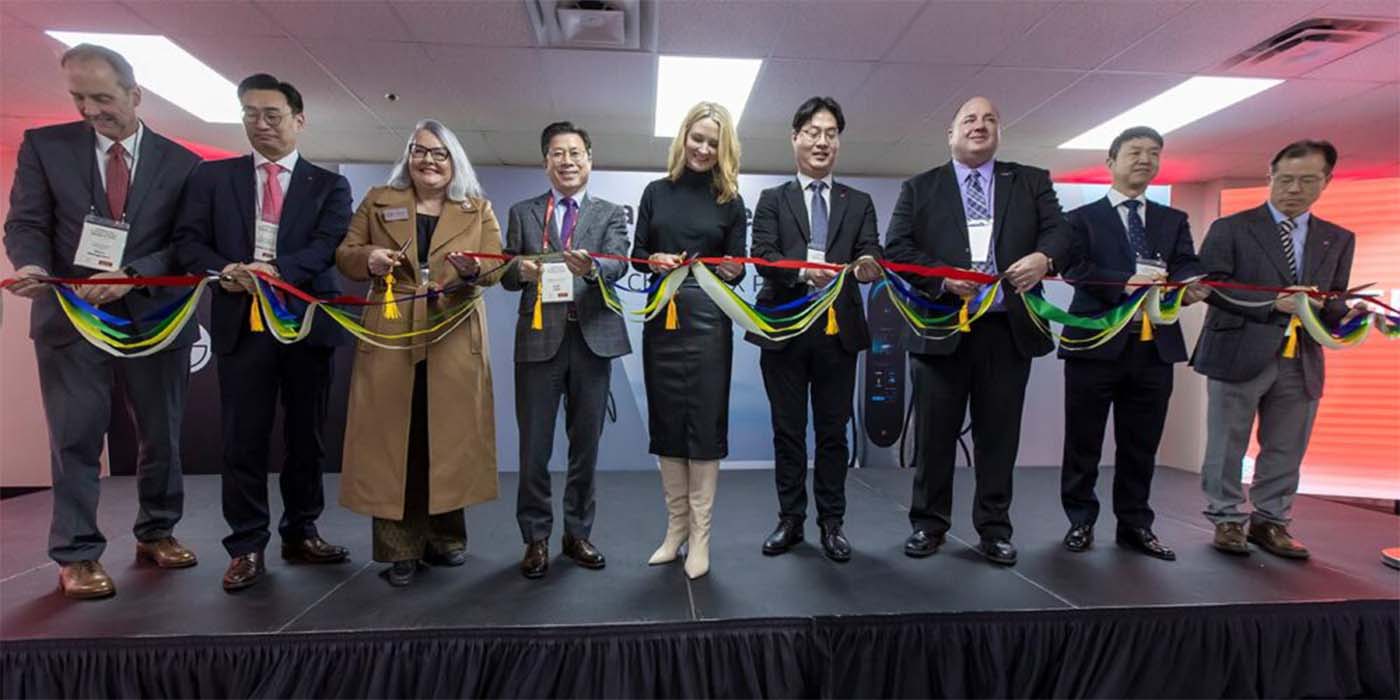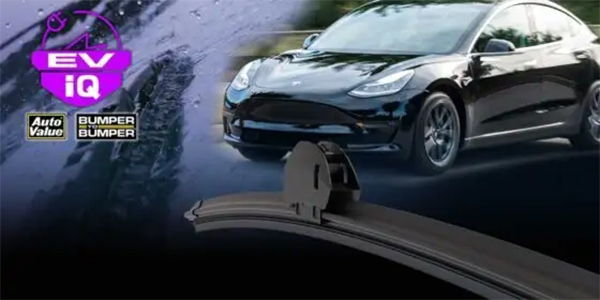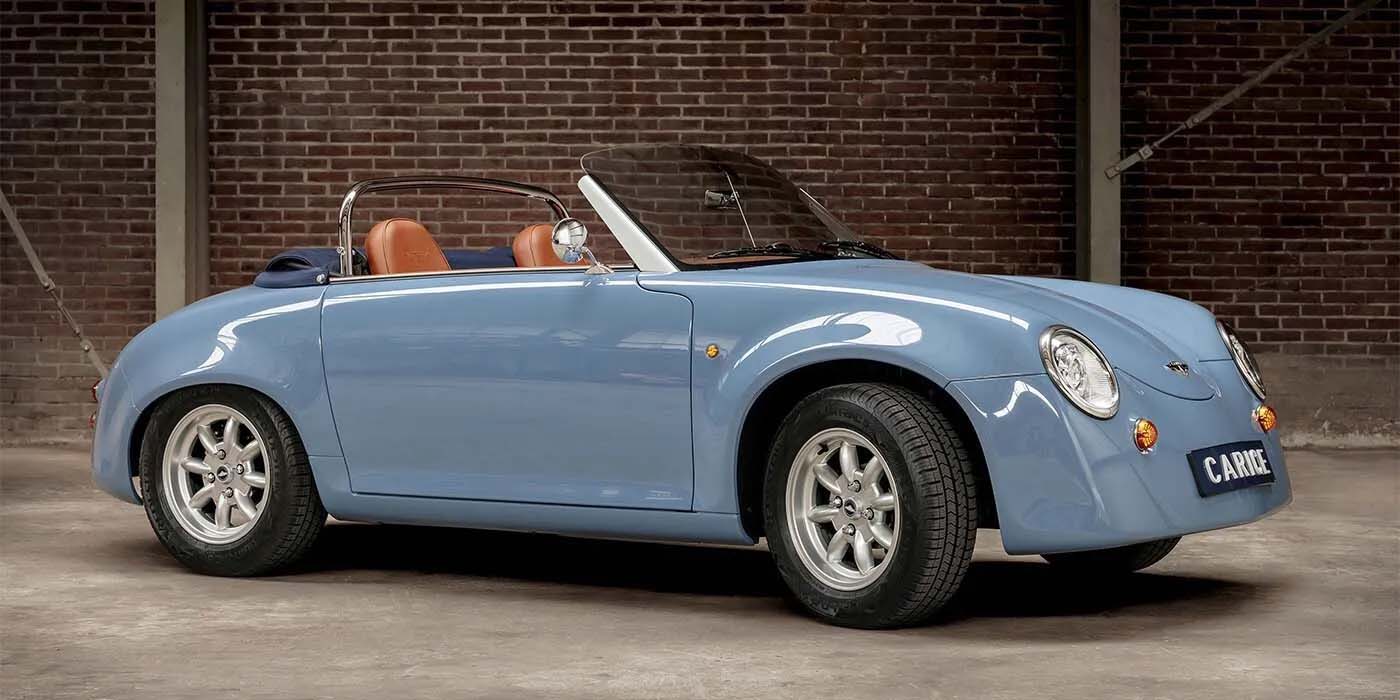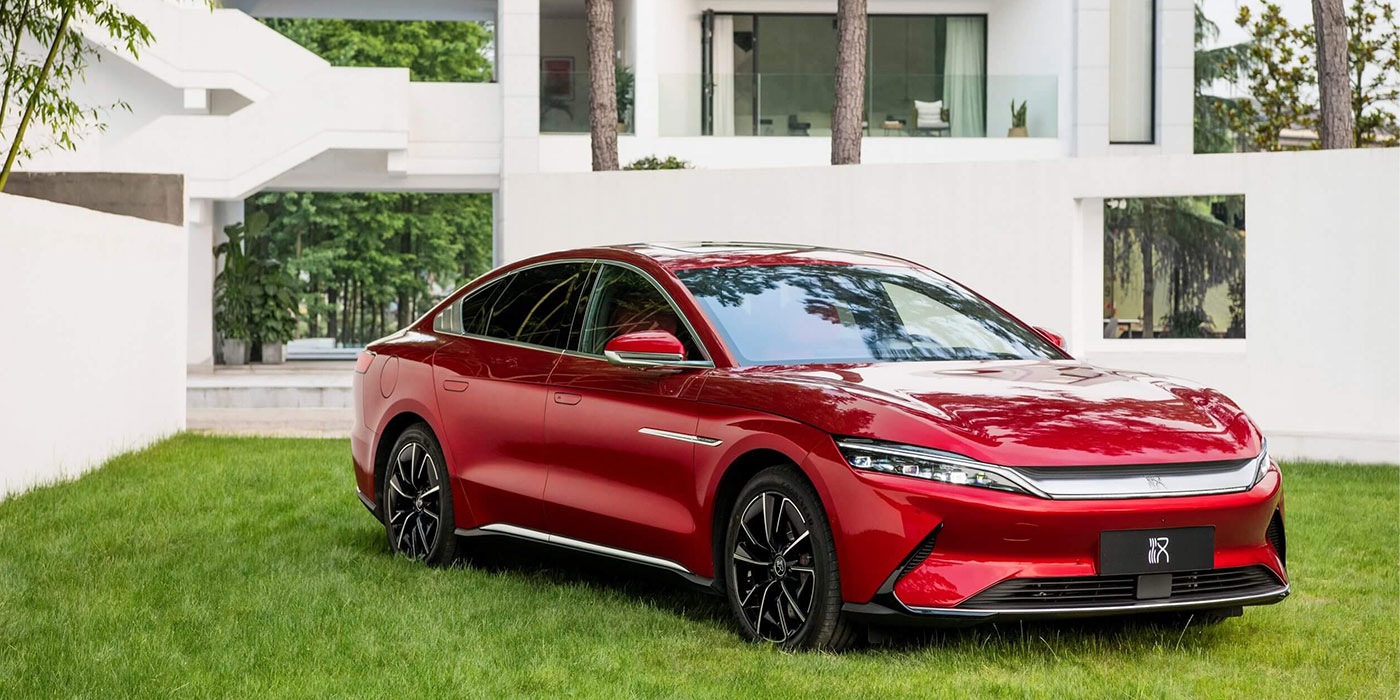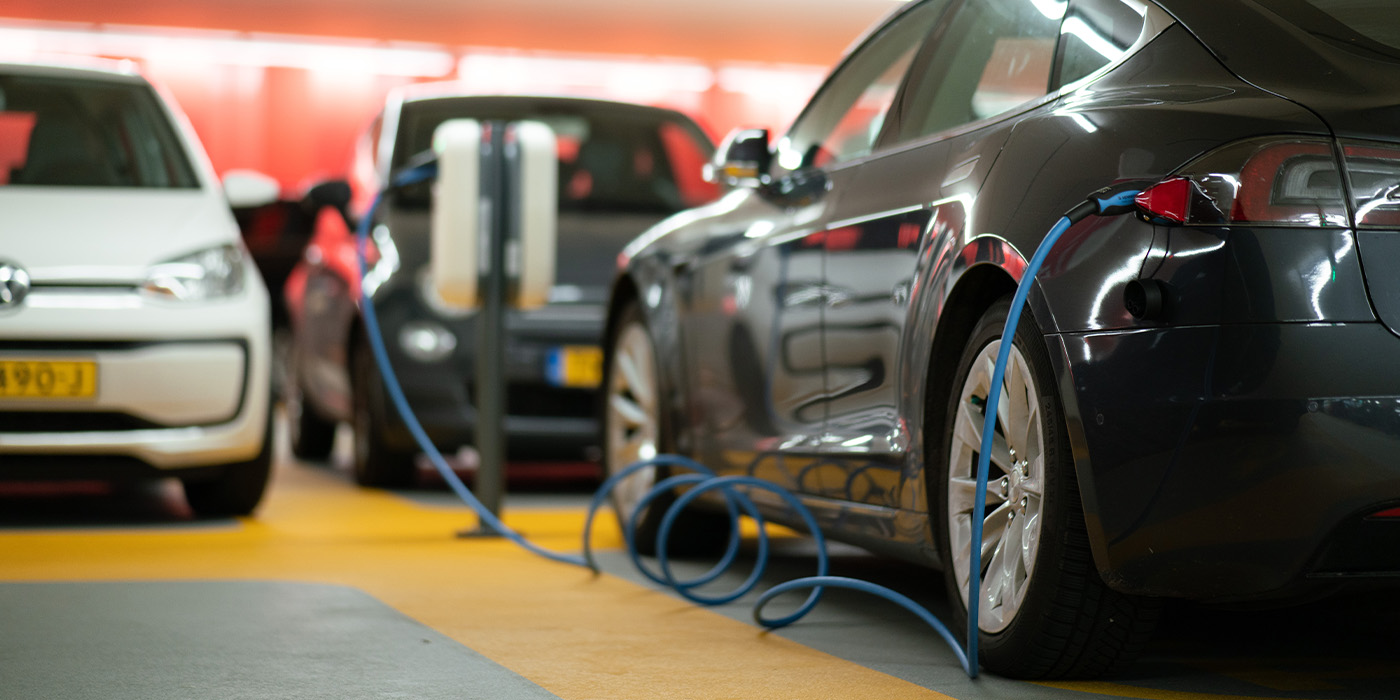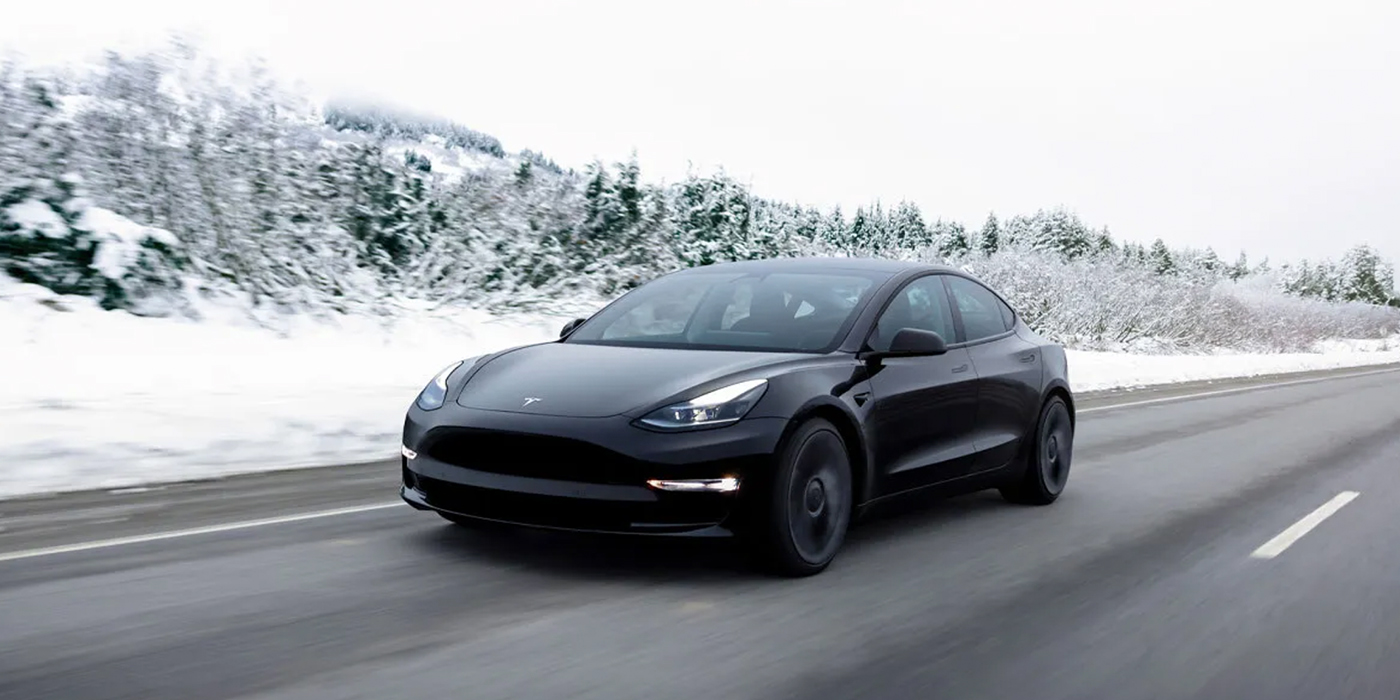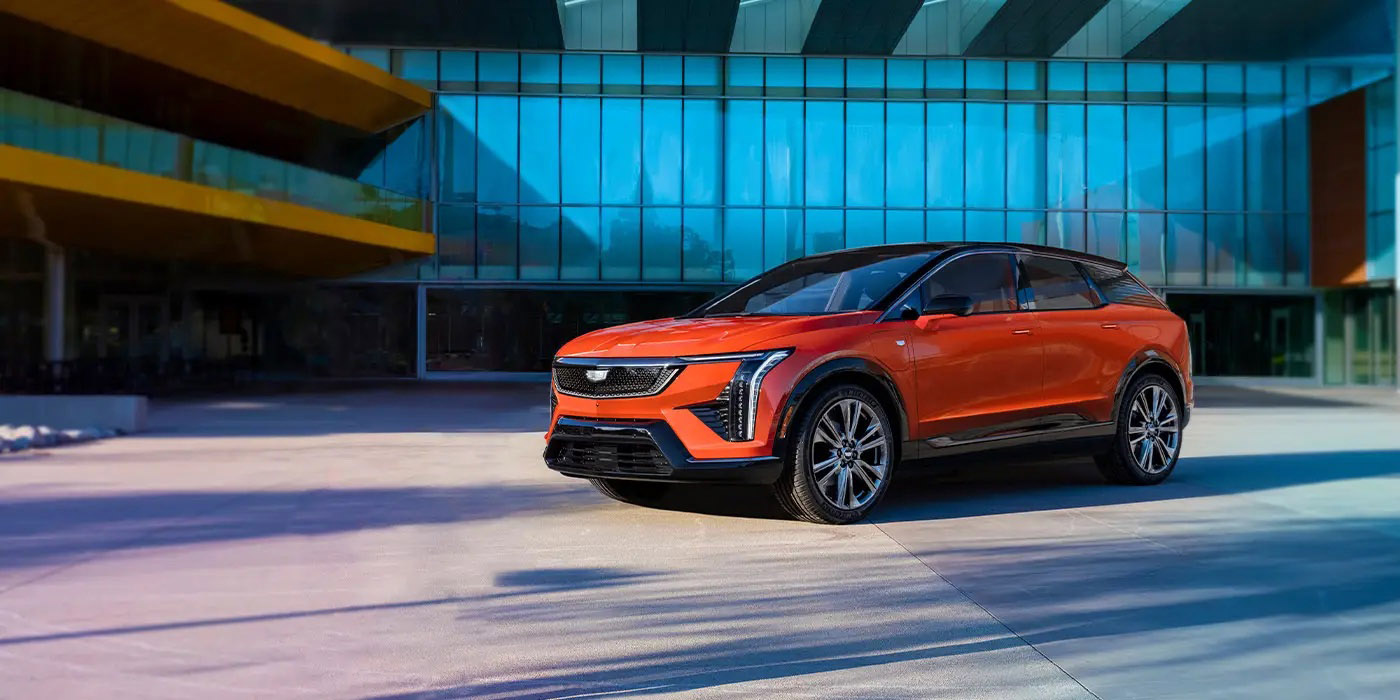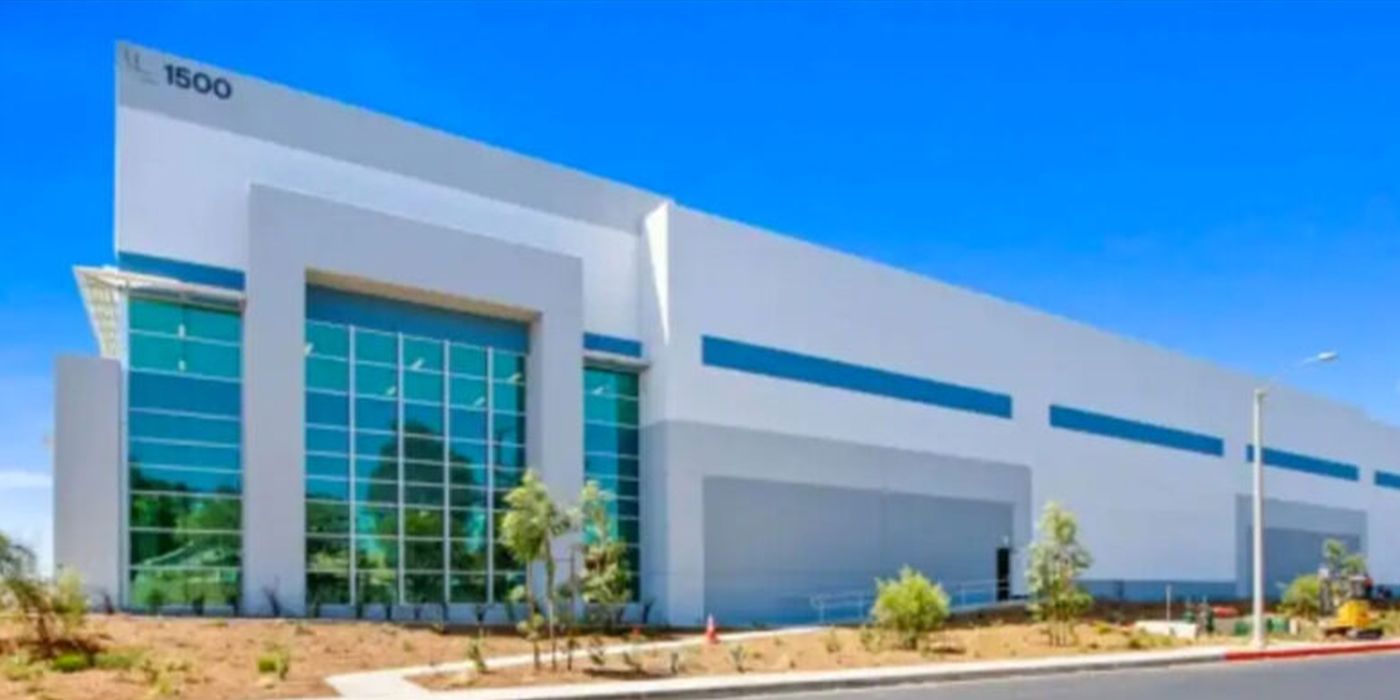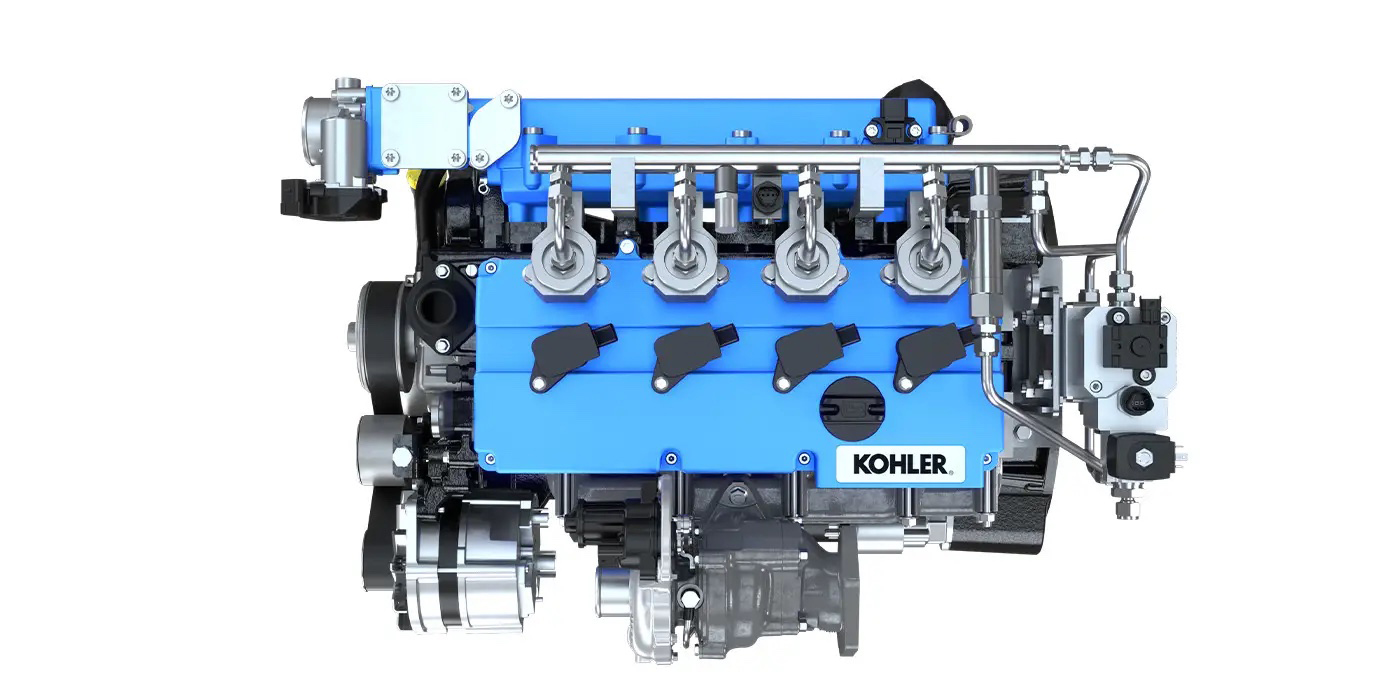Volvo Cars launched Volvo Cars Energy Solutions, a new business unit focused on energy storage and charging solutions that connect electric Volvo vehicles to homes, electric devices and power grids.
“With bi-directional charging, you can use your car battery as an extra energy supply to provide power to your home, other electric devices, or another electric Volvo car,” Alexander Petrofski, head of Volvo Cars Energy Solutions said.
The move builds on an existing vehicle-to-grid (V2G) pilot program between Volvo and Gothenburg Energi, the local grid company in Gothenburg, Sweden. The program uses bi-directional charging to balance the grid during peak hours, Volvo Cars said.
Volvo Cars said its engineers have calculated that the total battery capacity of that fleet will reach around 50 GWh by mid-decade. While these cars will use several TWh in electricity each year, this energy consumption is flexible and can be moved in time via smart charging, the company said.
At the same time, data from Volvo’s fleet shows that the average daily drive in Europe uses less than 10 kWh, while 90% of all daily drives use less than 20 kWh. This means there is ample spare battery capacity left that can be used for other purposes, with the possibility of both financial benefits for our customers and significant climate benefits, Volvo said.
According to Petrofski, Volvo Cars aims to expand bi-directional charging across Sweden to pave the way for broader European adoption. Additional solutions Volvo Cars Energy Solutions will offer include vehicle-to-home (V2H) to power homes and vehicle-to-load (V2L) to charge camping gear or electric bicycles. Volvo Cars predicts its Energy Solutions business will generate significant new revenue streams through energy products and services as the company transitions to being a fully electric vehicle company by 2030. Solutions will also add value for Volvo customers, enabling cost and emissions savings from optimized charging, the company said.
“With the help of smart charging, you can charge your electric Volvo at the best available time from a sustainability and economy perspective,” Petrofski said. “Now imagine you could use that energy later, perhaps during peak times when prices are higher and the energy mix less sustainable.”

